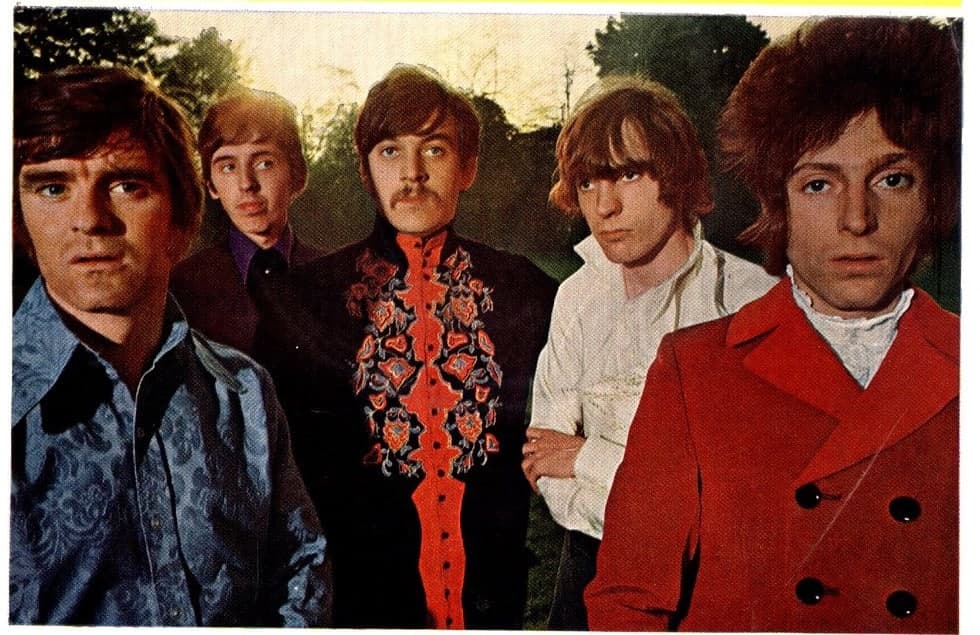
A Surreal Echo of Eternity: Decoding the Mystical Majesty of Procol Harum’s “A Whiter Shade of Pale”
A cryptic, haunting reverie woven from biblical imagery and a Bach-inspired melody, Procol Harum’s “A Whiter Shade of Pale” remains an enigma, a timeless masterpiece that ascended to the peak of the UK Singles Chart in 1967 and reached number five in the US Billboard Hot 100. It wasn’t merely a chart-topping hit; it was a cultural phenomenon, a sonic tapestry that captivated a generation, its ethereal beauty and enigmatic lyrics sparking endless debate and fascination.
For those who lived through the Summer of Love, “A Whiter Shade of Pale” was more than just a song; it was an anthem, a soundtrack to a period of profound social and artistic transformation. It was a moment captured in amber, a surrealistic journey into the depths of the human psyche. The band, a relatively unknown entity at the time, unleashed a sonic force that defied categorization, blending classical influences with psychedelic undertones and a raw, soulful delivery.
The story behind this iconic track is shrouded in mystery, as befits its enigmatic nature. Keith Reid, the band’s lyricist, crafted a series of surrealistic verses, inspired by a chance encounter at a party and a passing phrase. The evocative imagery of “cardboard-crowned queens” and “six vestal virgins” painted a vivid, dreamlike landscape, leaving listeners to ponder the song’s deeper meaning. Gary Brooker’s soulful vocals, imbued with a sense of melancholic longing, lent the lyrics an emotional weight that resonated deeply with audiences.
The song’s meaning, or rather, its myriad interpretations, has been the subject of countless discussions and debates. Some see it as a reflection on a drunken encounter, while others perceive it as a metaphorical journey through life, love, and loss. The biblical allusions and the song’s haunting melody create a sense of timelessness, suggesting a deeper, more universal narrative. The organ melody, inspired by Bach’s “Air on the G String” and “Wachet auf, ruft uns die Stimme,” adds a layer of classical grandeur, elevating the song beyond the realm of mere pop music.
For many, “A Whiter Shade of Pale” became a touchstone, a moment of transcendent beauty in a world often defined by chaos and uncertainty. It was a song that spoke to the soul, inviting listeners to delve into their own inner landscapes and explore the depths of their emotions. The song’s enduring appeal lies in its ambiguity, its ability to evoke a sense of wonder and mystery that continues to captivate audiences decades later.
As we listen to “A Whiter Shade of Pale” today, it evokes a sense of nostalgia, a longing for a time when music dared to be experimental and profound. It’s a reminder of the power of art to transcend the boundaries of language and culture, to create a shared experience that resonates across generations. The song’s timeless beauty and enigmatic lyrics continue to inspire and intrigue, a testament to its enduring power and its ability to capture the essence of the human spirit. It’s a sonic painting, a brushstroke of eternity, a “whiter shade of pale” that forever lingers in the memory.